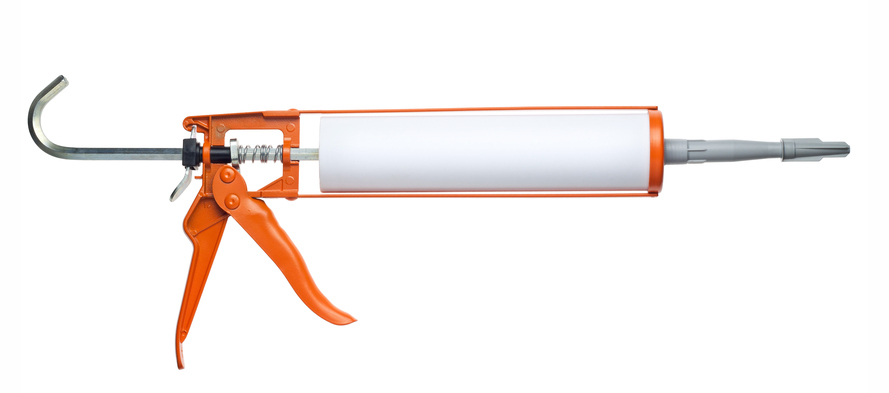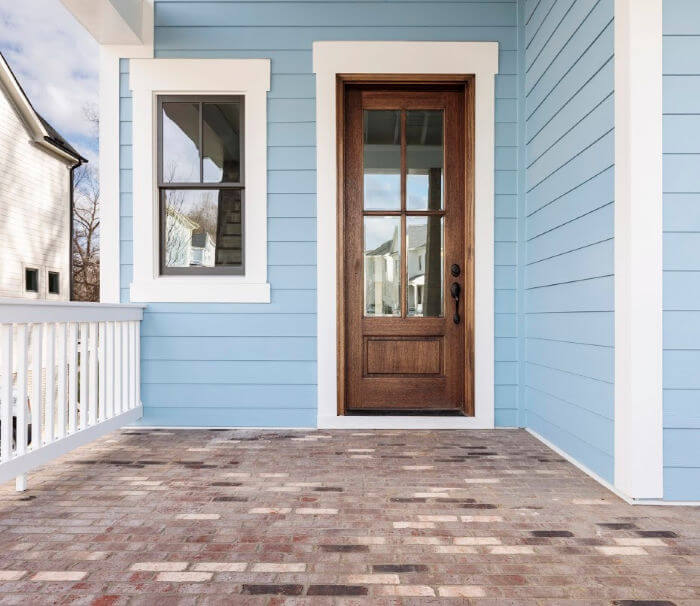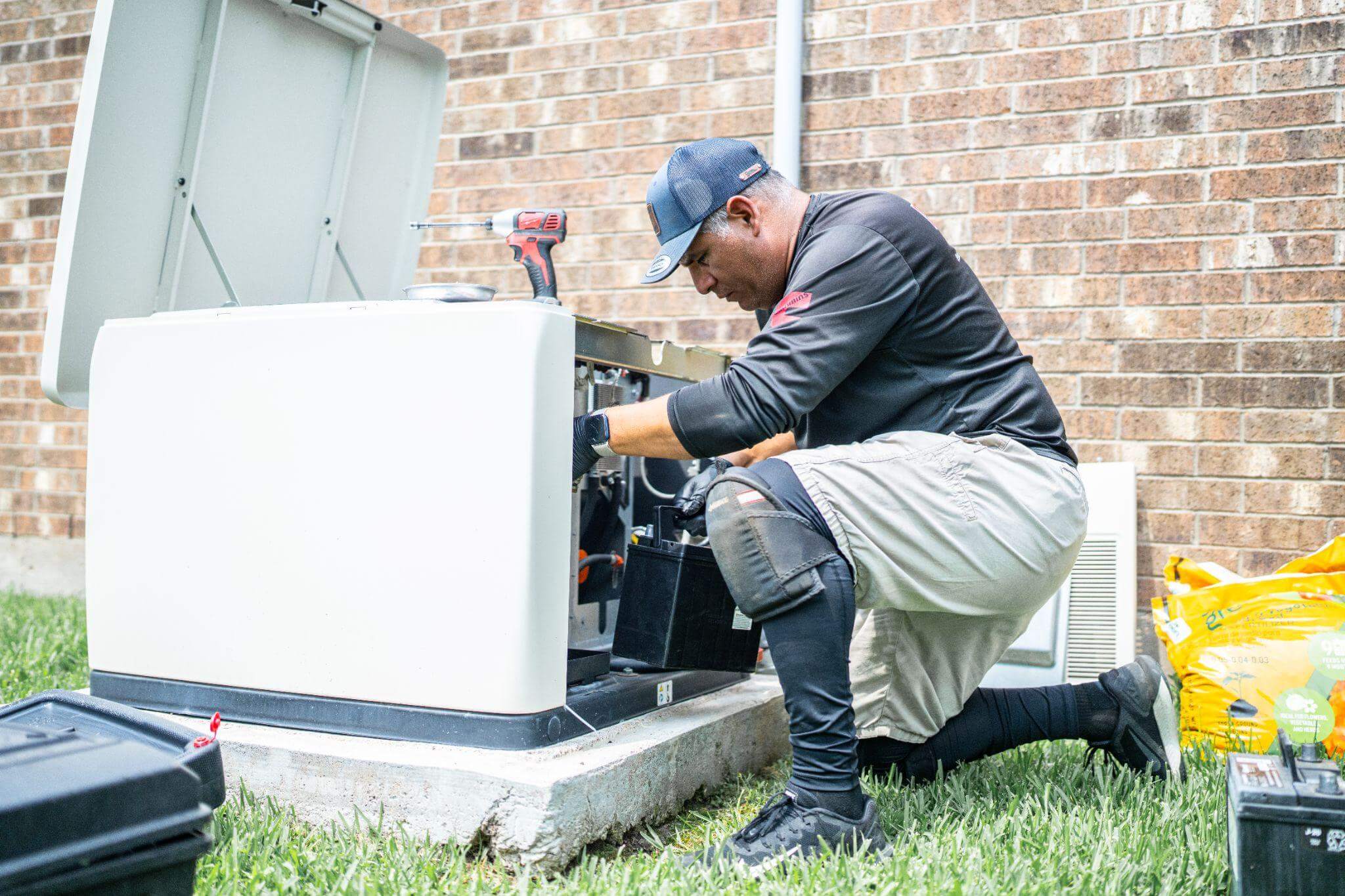Are you doing a siding project?
Modernize can pair you with three to four pros in your area, so you can compare options and save time and money.
Caulk is a homeowner’s secret weapon for home improvement projects. This flexible acrylic fills gaps and cracks, preventing air or moisture from entering your home. While using caulk on exterior siding is straightforward, there are a few things to consider before you start.
This guide covers siding caulk basics, including when to use it, when to avoid it, and the best materials and colors for your home. You’ll also find DIY tips to help you get started and achieve the best results.

When to Use Caulk on Your Exterior
Choosing the Right Caulk for Siding
When searching for the right kind of caulk for your exterior siding, quality is important — as with any home improvement project, cheaper does not always mean better. In addition, there are several other factors to keep in mind when choosing the right caulk for your siding:
Material
Siding caulk comes in various materials, such as latex, silicone, and butyl rubber, each with specific uses. Butyl rubber is often recommended for exterior siding due to its durability and resistance to temperature changes and weather. Choose any exterior caulk that bonds well to your siding, but always read the labels and test a small, hidden area first.
Color
It is possible, and for some homeowners preferable, to color-match your caulk to your siding. Some siding companies stock bespoke caulks in pre-matched colors that will go perfectly with your siding (like James Hardie’s ColorPlus color matching scheme).
Find the Right Contractor for Your Siding Project
Whether you’re ready to begin your project now or need some expert advice, our network of contractors are here to help. With a few simple questions, we’ll find the best local professionals for you
While it is ultimately up to you to determine what color to opt for, we would recommend choosing something inconspicuous in a shade slightly lighter than your siding — avoid white unless your siding is white. Remember that your caulk color and siding won’t match exactly since caulk and siding are made from two different materials with different consistencies.
DIY Caulking Tips and Tricks
If you decide to handle siding caulking yourself, keep a few things in mind. Start by investing in a large, high-quality caulking gun. Cheaper, smaller options may seem appealing but often lead to more cleanup and frequent refilling, costing you more in the long run.
During the process, keep a cloth or towel handy to wipe and smooth excess product before it sets and creates a tough-to-clean mess. Avoid using caulk in areas where it isn’t needed, as this can lead to costly home repairs later.
If the job feels beyond your skill level, consider hiring a professional. This can save you time and provide peace of mind.
Find the Right Contractor for Your Siding Project
Whether you’re ready to begin your project now or need some expert advice, our network of contractors are here to help. With a few simple questions, we’ll find the best local professionals for you
Reviews from Real Homeowners
Welcome to Homeowner Resources! We are the Modernize blog. Modernize pairs more than 3 million homeowners a year with pre-vetted contractors in their area. This blog started because we believe homeowners should know everything about their homes, from how their HVAC works to which front door colors they might love. On Homeowner Resources, you can find information on every part of your home, right down to how you can negotiate with contractors to get the best price. Here's more about the blog.
Need a contractor? Learn more about how Modernize finds the right pro for you.


